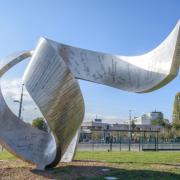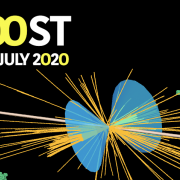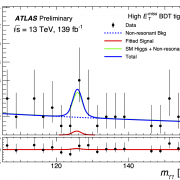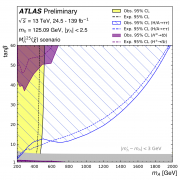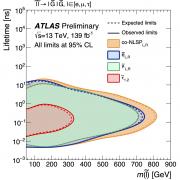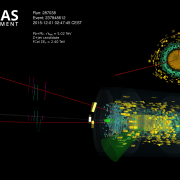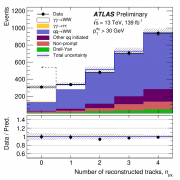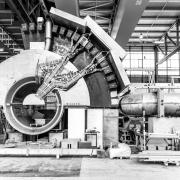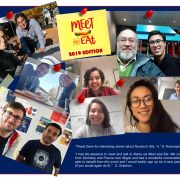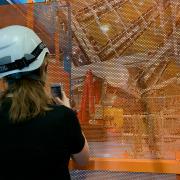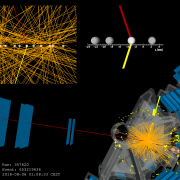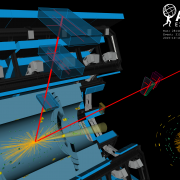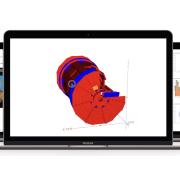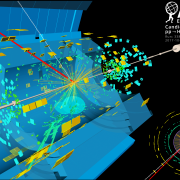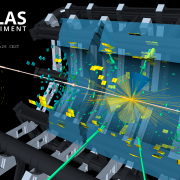Access to Collaboration Site and Physics Results
Updates tagged: “Physics Result”
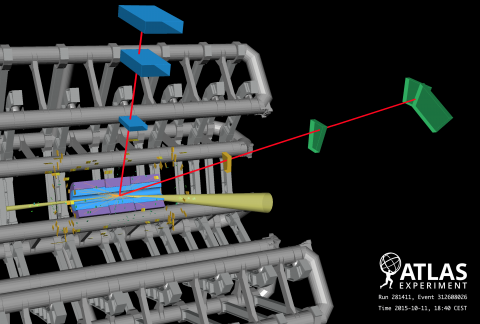
ATLAS searches for rare Higgs boson decays into muon pairs
Today, at the European Physical Society Conference on High-Energy Physics (EPS-HEP) in Ghent, Belgium, the ATLAS Collaboration released a new preliminary result searching for Higgs boson decays to a muon and antimuon pair (H → μμ). The new, more sensitive result uses the full Run 2 dataset, analysing almost twice as many Higgs boson events as the previous ATLAS result.

ATLAS measures Higgs boson coupling to top quark in diphoton channel with full Run 2 dataset
At the Rencontres de Moriond (La Thuile, Italy), the ATLAS Collaboration presented an updated measurement of ttH production in the diphoton channel. The result examines the full Run 2 dataset – 139 fb-1 collected between 2015 and 2018 – to observe ttH production in a single channel with a significance of 4.9 standard deviations.
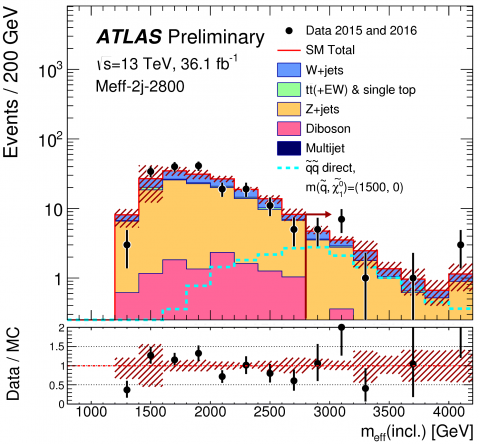
The search for super-particles continues!
Many of the most important unanswered questions in fundamental physics are related to mass. Why do elementary particles, which we have observed and measured at CERN and other laboratories, have the masses they do? And why are they so different, with the mass of the top quark more than three hundred thousand times that of the electron? The presence of dark matter in our universe is inferred because of its mass but, if it is a particle, what is it? While the Standard Model has been a tremendously successful theory in describing the interactions of sub-atomic particles, we must look to even larger masses in search of answers and, potentially, new supersymmetric particles


